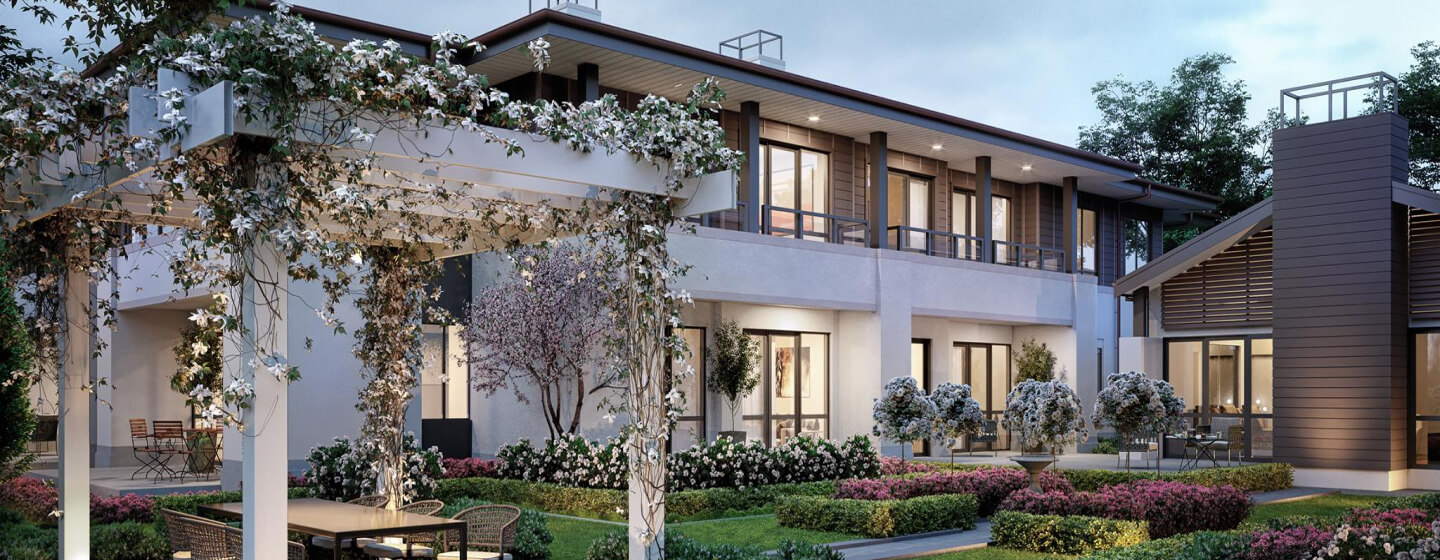
The Future of Care: A Focus on Innovation
Holly Lea
The number of people over the age of 75 is steadily increasing, but the number of care facilities available is not keeping up with demand. By 2050, the number of people in this age group will triple. The world is getting older, and as science advances and we all live longer – the question becomes all the more pressing:
How can we do a better job of caring for the older members of our population in a way that is both state-of-the-art, and values the individual?
How can we both increase the amount of care available, while not reducing the quality of the care each person receives?
Nobody wants to feel cast aside, or like a burden as they begin to require more support to carry out day-today tasks. However, a huge percentage of the population will need support as they get past a certain age. In addition, the process to move into an aged care facility is quite a complicated one – while many people will end up living in a care facility at the end of their life, most don’t even think about this process until it’s necessary.
Understanding the steps required can provide a sense of calm and awareness, knowing you’re prepared to live a comfortable future that provides for what you need for the rest of your life.
Care Assessment
The first step is assessing the level of care you require which is done through Needs Assessment Service Coordination (NASC). While this process can take some time to complete, it is often expedited by a medical emergency.
How to obtain a needs assessment:
• Phone your local hospital and ask to speak to the NASC service
• Your GP can make an initial referral
• Call NASC direct on (03) 337 7765
• Call Seniorline on 0800 725 463 Residential Care Subsidy
The Residential Care Subsidy is a Government-funded subsidy that helps with the cost of your long-term care. It is paid directly to the long-term care facility and is managed through the Ministry of Health. In order to apply for the Residential Care Subsidy, you must have undergone a Financial Means Assessment to determine that your income and assets meet the thresholds. The amount of funding you qualify for will depend on your income and assets as assessed by Work and Income.
The level of subsidy is, by most, not considered sufficient for the level of care they desire for themselves or their loved ones. As there is nothing quite as important as staying healthy, being taken care of, and staying safe as you get older. To assist with providing a high-quality environment many care providers will require a premium fee or an upfront capital payment commensurate to the facility and care being provided.
Want to learn more? Explore our Guide to Residential Care: www.hollylea.co.nz/care
How to Choose a Care Facility
- If it feels right, it's probably right! Follow your gut instinct as to where you feel most happy and comfortable.
- Don't be shy - take a walk around and talk with residents and staff to discover their perspective of what life is like at the facility.
- Once you've decided on a Care Facility, ask to see the Admission Agreement.
Taking Care to a New Level
Advances in medical technology are allowing us to look at care in a new way. Rather than just doing the minimum amount for people’s essential needs, how can we look at care in a proactive way that provides for the person on every level: mind, body, and spirit. In addition, providing options for each level of care that could be required by a resident throughout the course of their lives is essential. Each person will have varying needs and their requirements may transition as they get older and their health condition shifts and changes over time. This new frontier for the industry is focused on quality of care.
• What can we do to take care of the whole person (not just their body, but their mind and spirit as well)?
• What scientific studies are coming out that can help?
• What makes a person feel joyful and connected, and how can we provide that?
• How can we utilise new technology and scientific advancements to provide for every resident?
A Holistic Healing Approach
At Holly Lea Village in Christchurch the focus is on taking it to a new level through a personalised approach to care. It has been proven that living in a bright, open, and beautiful space does wonders for mental health. In late summer Holly Lea will open its new Care Centre and Memory Assisted residences. These facilities will seamlessly integrate with the broader village. This means residents aren’t isolated away from the rest of the community at the village, they can take part in a walk around the garden or a coffee at the café.
Innovation
The new Holly Lea Care Centre, like others within the Generus Living collection, will provide a variety of innovative care modalities including the Tovertafel - also known as the magic table - an innovative tool to support cognitive decline. The Tovertafel is designed to be beneficial for those with mid to late-stage dementia. Residents interact with the animated lights, using their hands to play games such as jigsaws and memory games, which improve engagement; interaction; physical, social and cognitive activity; along with self-esteem and confidence. In addition, the centre will have a Wellness Nordic Relax Chair. The fully automated chair combines music, tactile stimulation and a rocking motion to offer a unique and calming multi-sensory experience.
These offerings are examples of how Generus Living Group are providing a care experience that isn’t just focused on keeping the body well but ensuring the quality of care is as premium as possible. This is done by creating built-for-purpose architecture, constant innovation tied to the latest advances in scientifically proven methods of effective care, and talented and passionate staff who care about the individual needs of every resident.
Share this article via:
